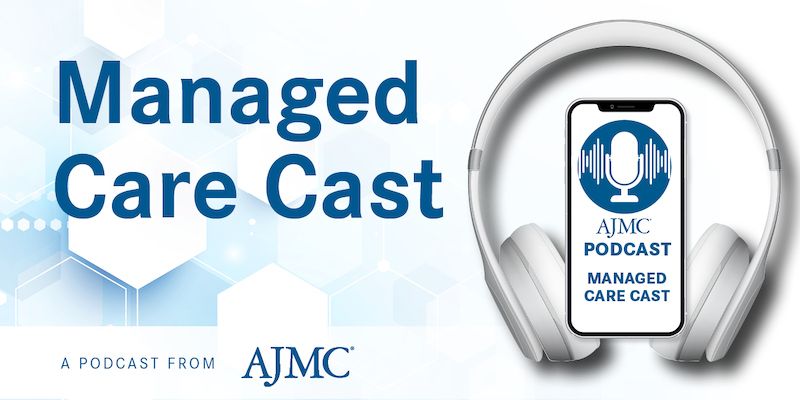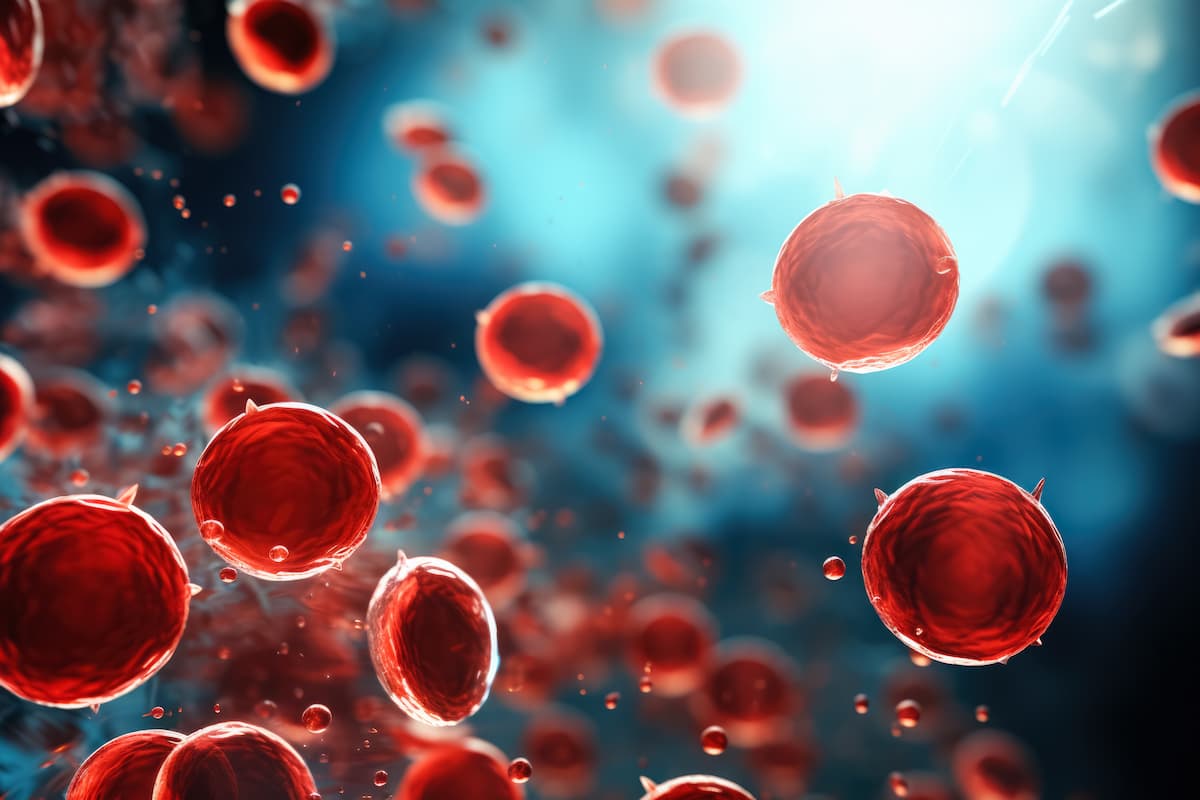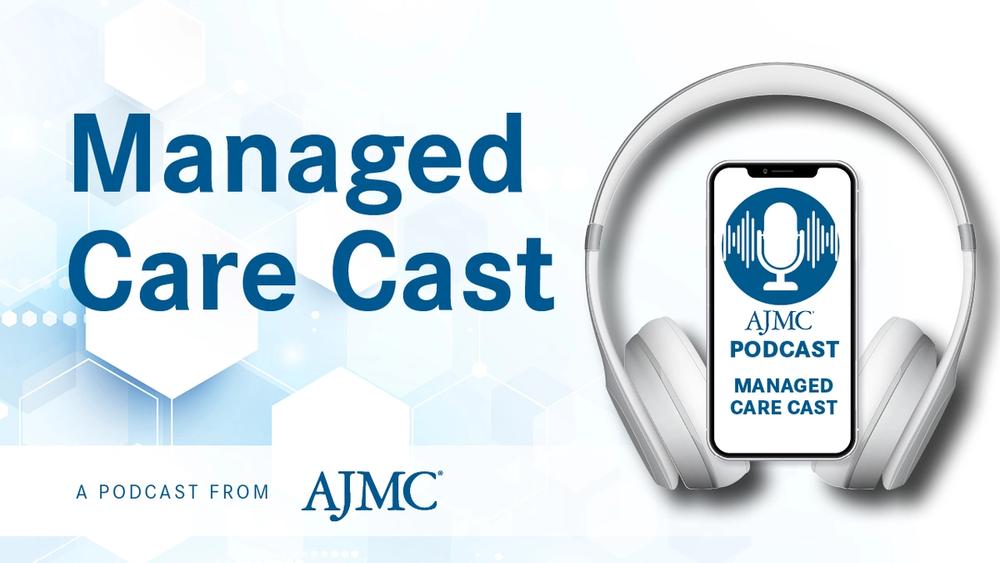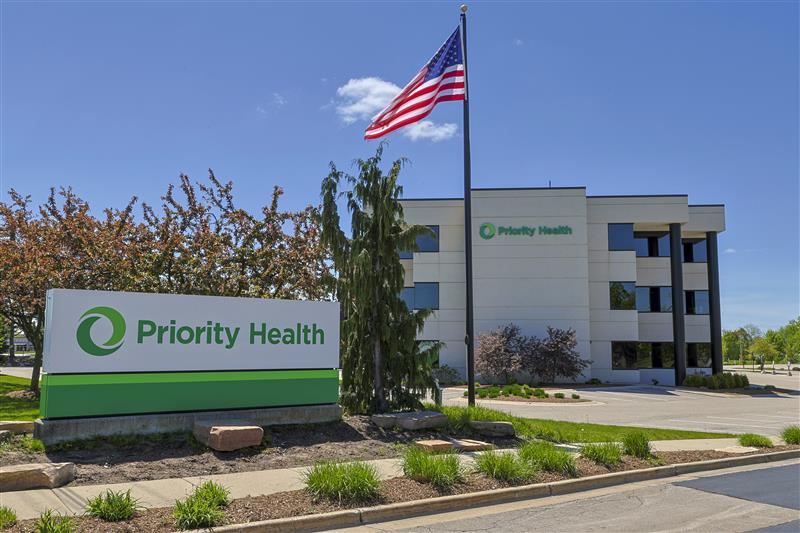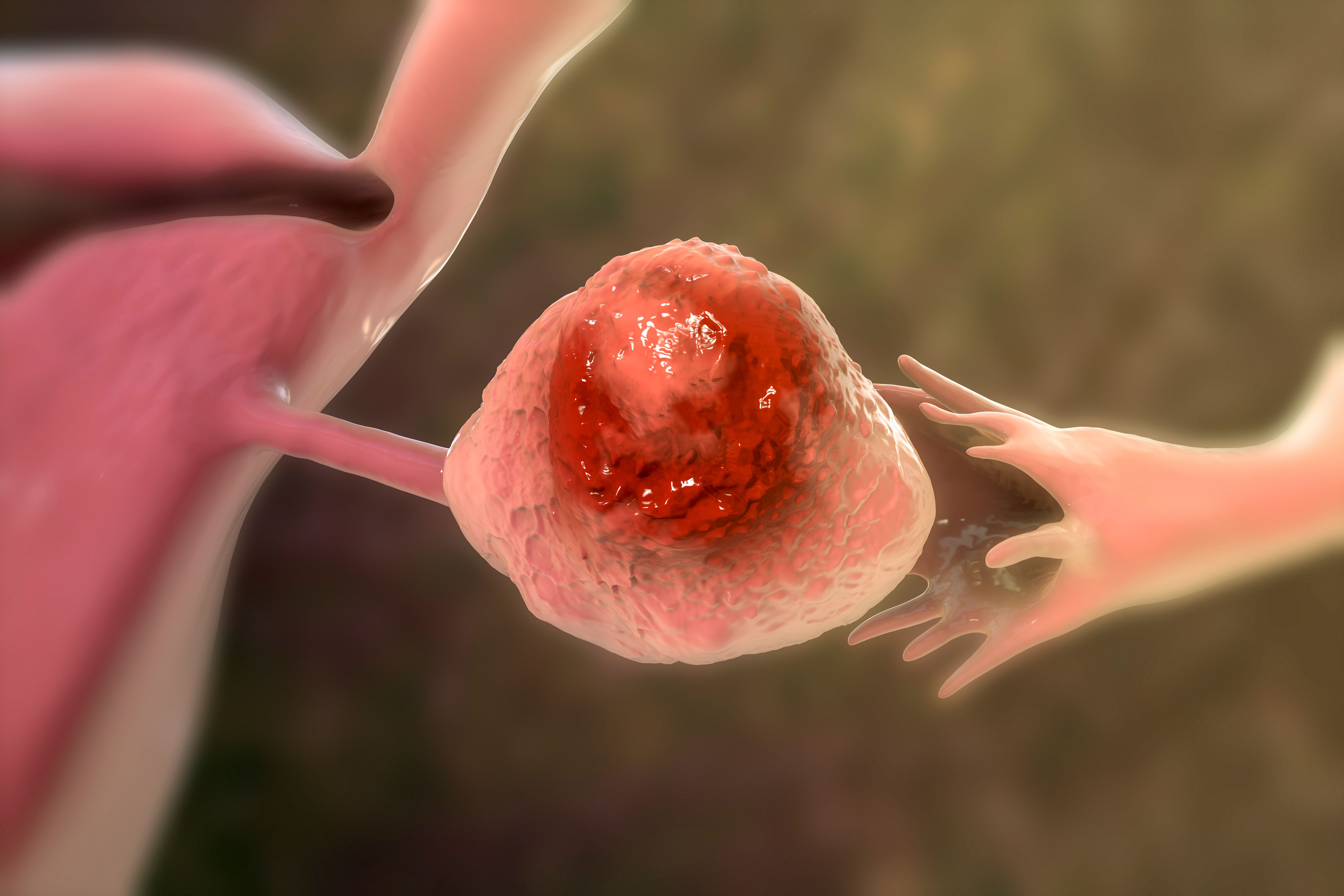Commentary
Video
Allogeneic vs Autologous CAR T-Cell Therapy Explained
Author(s):
On February 13, Allogene Therapeutics published new long-term follow-up data on cemacabtagene ansegedleucel, showing the investigative allogeneic chimeric antigen receptor (CAR) T-cell therapy produced durable responses in relapsed/refractory large B-cell lymphoma.
Cemacabtagene ansegedleucel (cema-cel; Allogene Therapeutics) has robust data that reinforce its durability, effectiveness, and safety as an allogeneic chimeric antigen receptor (CAR) T-cell therapy for patients who have relapsed/refractory large B-cell lymphoma, a type of non-Hodgkin lymphoma.
The 2-year results—the longest follow-up to date—on 33 CAR T–naive patients from the phase 1 ALPHA (NCT03939026) and ALPHA2 (NCT04416984) trials released on February 13 showed a median duration of response of 23.1 months and an overall survival that was not reached.1 Data from these trials also collectively serve as the foundation for the ALPHA3 trial (NCT06500273), based on the 100% complete response rate in patients with a low disease burden who have received cema-cel in this relapsed/refractory setting.
In part 1 of a new interview with The American Journal of Managed Care®, lead investigator Frederick L. Locke, MD, chair, Department of Blood and Marrow Transplant and Cellular Immunotherapy, Moffitt Cancer Center and Research Institute, explains how CAR T-cell therapy works and differentiates its 2 types: autologous and allogeneic.
This transcript was lightly edited for clarity; captions were auto-generated.
Transcript
Could you provide a simple explanation of CAR T-cell therapy, highlighting the key differences between autologous and allogeneic approaches?
CAR T-cell therapy is really an exciting treatment for cancer and potentially for other disorders. CAR T-cell therapy works by taking out the body's T cells. These are immune cells that help recognize infections or infected cells within the body; we have many different T cells that recognize different things.
In autologous CAR T-cell therapy, we take those T cells out of the patient's body, and we put a gene into the T cells. That gene, called the CAR, or chimeric antigen receptor, reprograms those T cells to recognize a target on the surface of the cancer cells. In some cases, that target is CD19, which is just the name of a protein on the surface of B cells, other immune cells. Those B cells can become malignant or cancerous, and so we treat B-cell cancers with CD19 CAR T-cell therapy. Those T cells are all now reprogrammed to fight and recognize the cancerous B cells that have that target on their surface, and we infuse them into the patient's vein—they circulate in the body, they know where to go and what to do—and when they run into those B cells that have the target, they activate for a fight and they destroy, they kill those cancerous cells.
With allogeneic CAR T-cell therapy, we simply are using the T cells from a healthy donor instead of the patient's own cells. And so with allogeneic CAR T-cell therapy, we need to be sure that those donor T cells aren't rejected by the patient's body and also that those donor T cells don't cause graft-vs-host disease against the patient when we administer them.
Reference
1. Allogene Therapeutics announces publication of durable response data from phase 1 ALPHA/ALPHA2 trials of the allogeneic CAR T cemacabtagene ansegedleucel/ALLO-501 in relapsed/refractory large B-cell lymphoma in the Journal of Clinical Oncology. News release. February 13, 2025. Accessed February 20, 2025. https://ir.allogene.com/news-releases/news-release-details/allogene-therapeutics-announces-publication-durable-response
Newsletter
Stay ahead of policy, cost, and value—subscribe to AJMC for expert insights at the intersection of clinical care and health economics.

